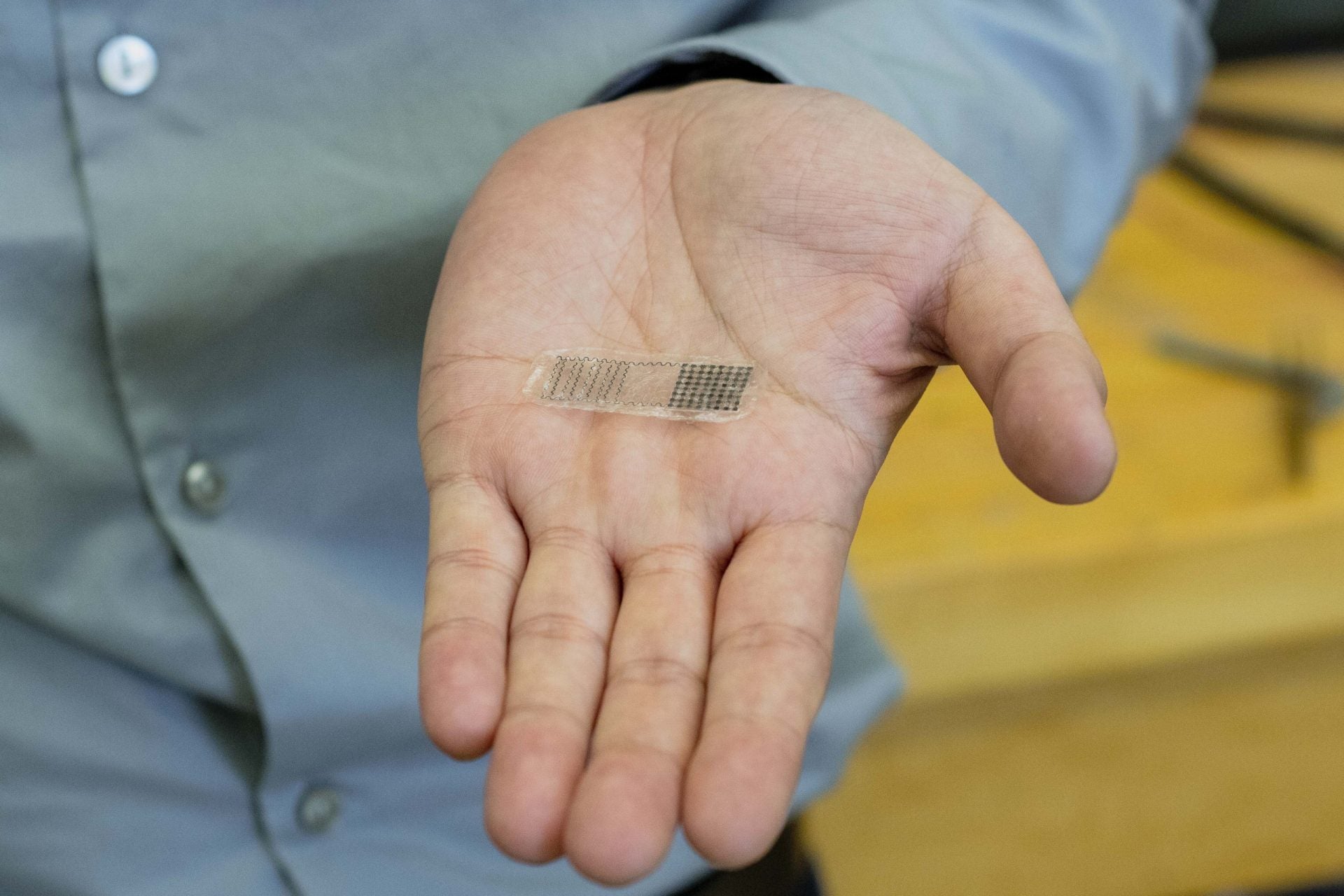
Researchers at the University of Wisconsin-Madison (UW Madison) in the US have developed a self-powered, implantable device that can be used to accelerate bone healing.
The thin, flexible and bioresorbable device dissolves within the body after healing the bone.
How well do you really know your competitors?
Access the most comprehensive Company Profiles on the market, powered by GlobalData. Save hours of research. Gain competitive edge.

Thank you!
Your download email will arrive shortly
Not ready to buy yet? Download a free sample
We are confident about the unique quality of our Company Profiles. However, we want you to make the most beneficial decision for your business, so we offer a free sample that you can download by submitting the below form
By GlobalDataThe bone is a piezoelectric material and creates a trace of electricity under strain.
These electric jolts induce factors that cause growth and healing of the bone, indicating electrostimulation as an efficient treatment, the university noted.
To develop the new fracture electrostimulation device (FED), the research team used a triboelectric nanogenerator, a thin-film device that translates mechanical energy generated by small movements into electric power.
This nanogenerator was then integrated with two electrodes for distributing the electric field to the bone.
The team created the biodegradable and bioresorbable components on a substrate of poly (lactic-co-glycolic acid), a US Food and Drug Administration-cleared biocompatible polymer.
As per preliminary testing, the tiny movements of the device offered an electrical stimulation of nearly 4V, which could be maintained for more than six weeks.
On testing the device on mice, animals implanted with the new device recovered from a tibia fracture in nearly six weeks, a faster recovery than animals in the control arm.
Furthermore, the mineral density and flexural strength of the healed bones were found to be at the same level as healthy bones in the treated animals.
The devices degraded and dissolved in the mice’s bodies after healing without any complications or requirements for a surgical procedure to remove it.
In a statement, UW Madison materials science and engineering professor Xudong Wang said: “It’s possible to fine-tune how long the stimulator will last within the body – from weeks to months – by tweaking the properties of the bioresorbable material coating the device.”
The aim is to scale up the electrostimulation device for human use. It is expected that the movement of the human body could power the device, with plans to make it respond to various internal mechanical sources while the broken bone is kept immobile.








